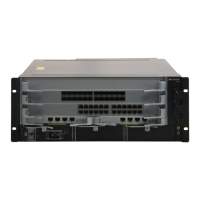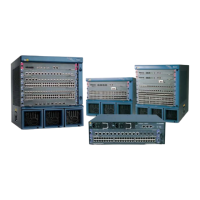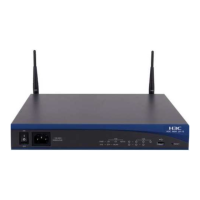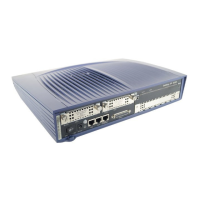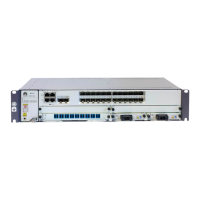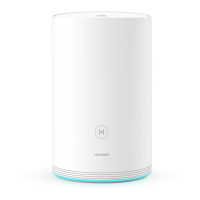Operation Manual - Network Protocol
Quidway S3500 Series Ethernet Switches Chapter 4 DHCP Relay Configuration
Huawei Technologies Proprietary
4-1
Chapter 4 DHCP Relay Configuration
Note:
This chapter only applies to S3526/S3526 FM/S3526 FS in S3500 series switches.
4.1 Brief Introduction to DHCP Relay
With the extension of network and improving of network complexity, network
configuration is becoming more and more complex. Dynamic Host Configuration
Protocol (DHCP) is issued to ease user’s fast accessing and exiting the network and
improve utilization of the IP addresses in places where computers should be often
moved (e.g., portable computer or wireless network is used) or the host number
exceeds the number of IP addresses which can be allocated. DHCP works in
Client/Server mode. With this protocol, the DHCP Client can dynamically request
configuration information and the DHCP Server can configure the information for the
Client conveniently.
In the early days, the DHCP was only suitable for the case, when the DHCP Client and
DHCP Server locate on the same subnet, and could not work across the network
segments. If the early DHCP is used to dynamically configure the host, each subnet
should be equipped with a DHCP Server, which is obviously uneconomical. The
introduction of DHCP relay solves this difficulty. The DHCP relay serves as relay
between the DHCP Client and the DHCP Server located on different subnets. The
DHCP packets can be relayed to the destination DHCP Server (or Client) across
network segments. Thereby, the DHCP clients on different networks can use the same
DHCP Server. This is economical and convenient for centralized management.
Ethernet Internet
DHCP client
DHCP clientDHCP client
DHCP client
Switch ( DHCP Relay)
DHCP Server
Figure 4-1 DHCP Relay typical application

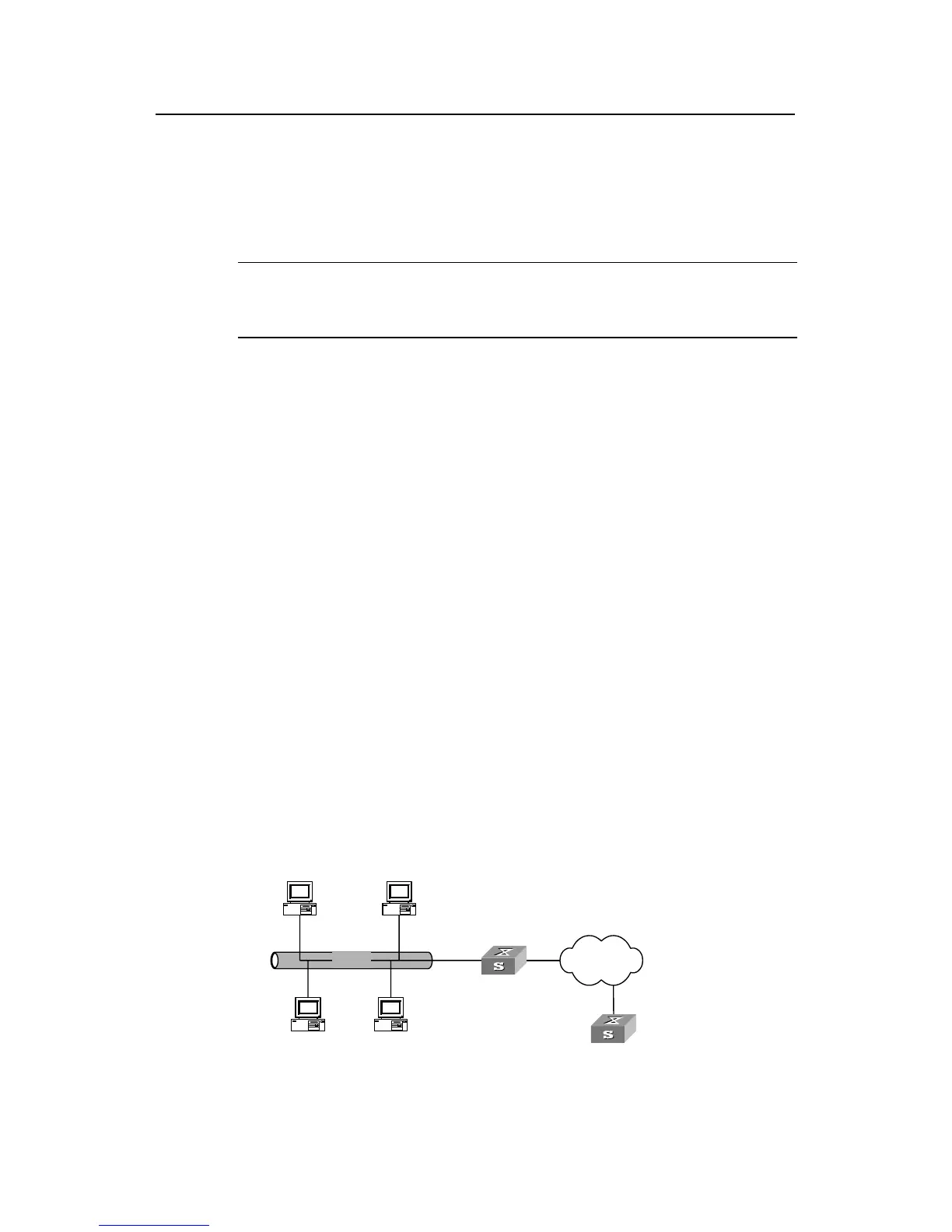